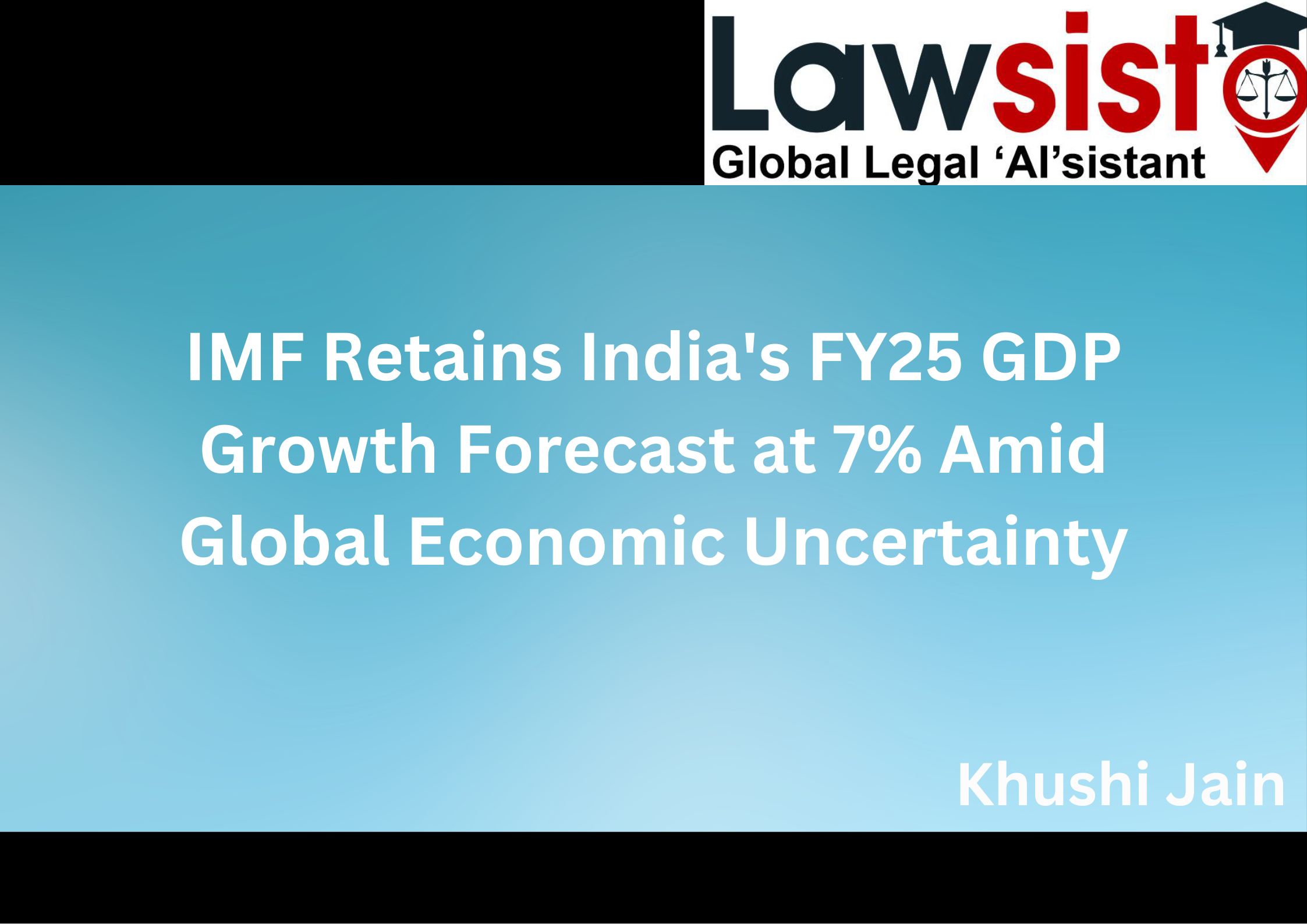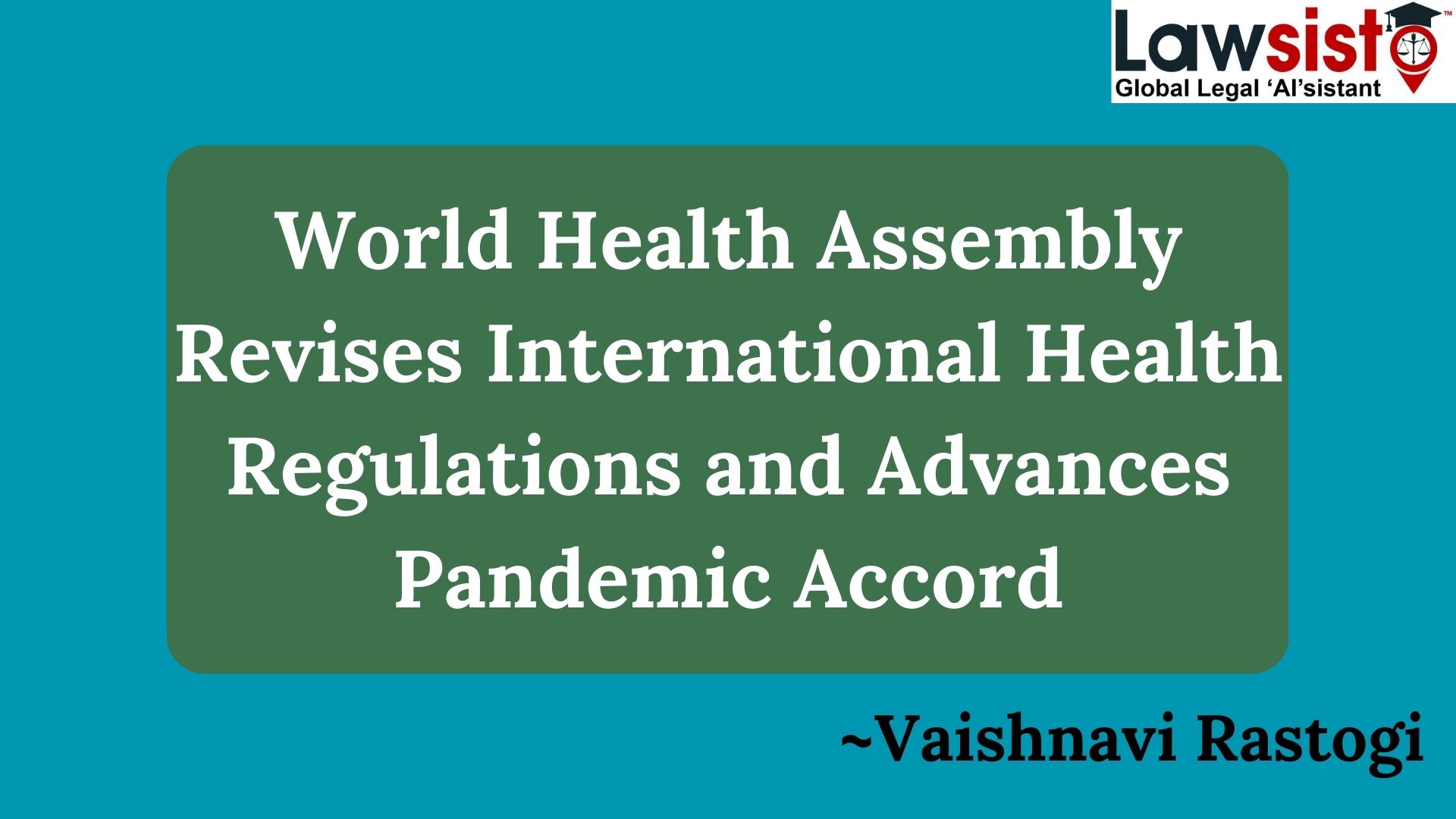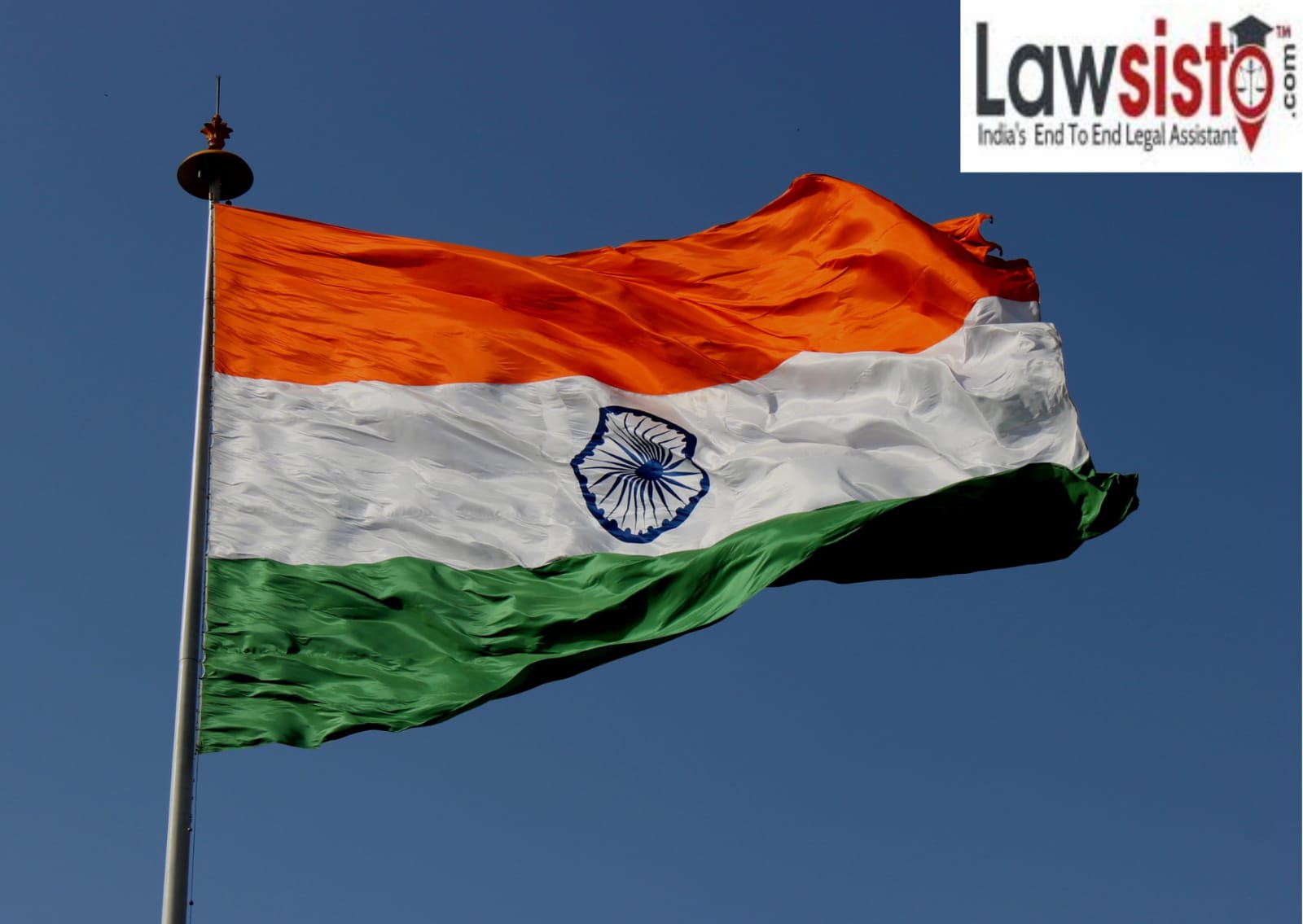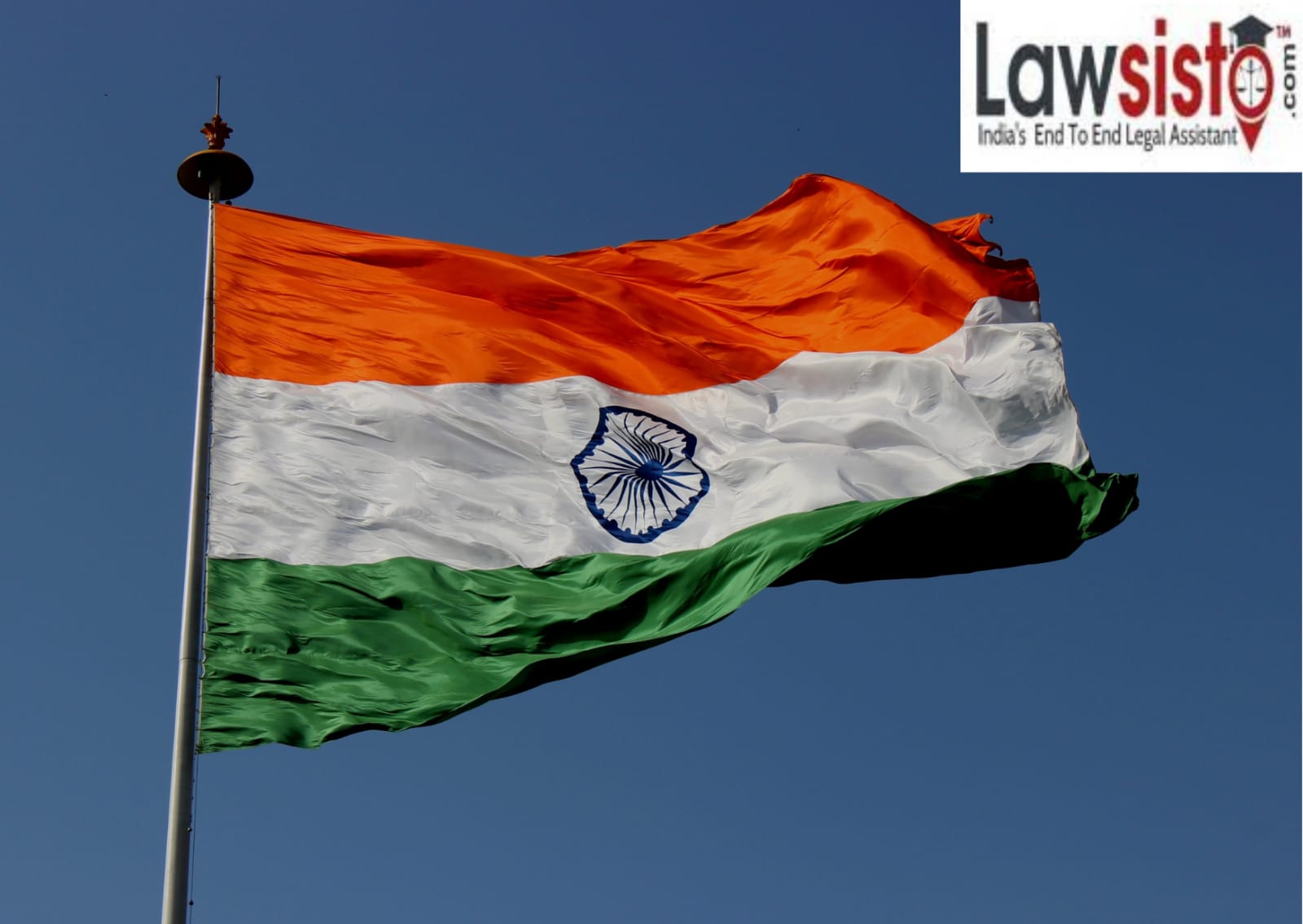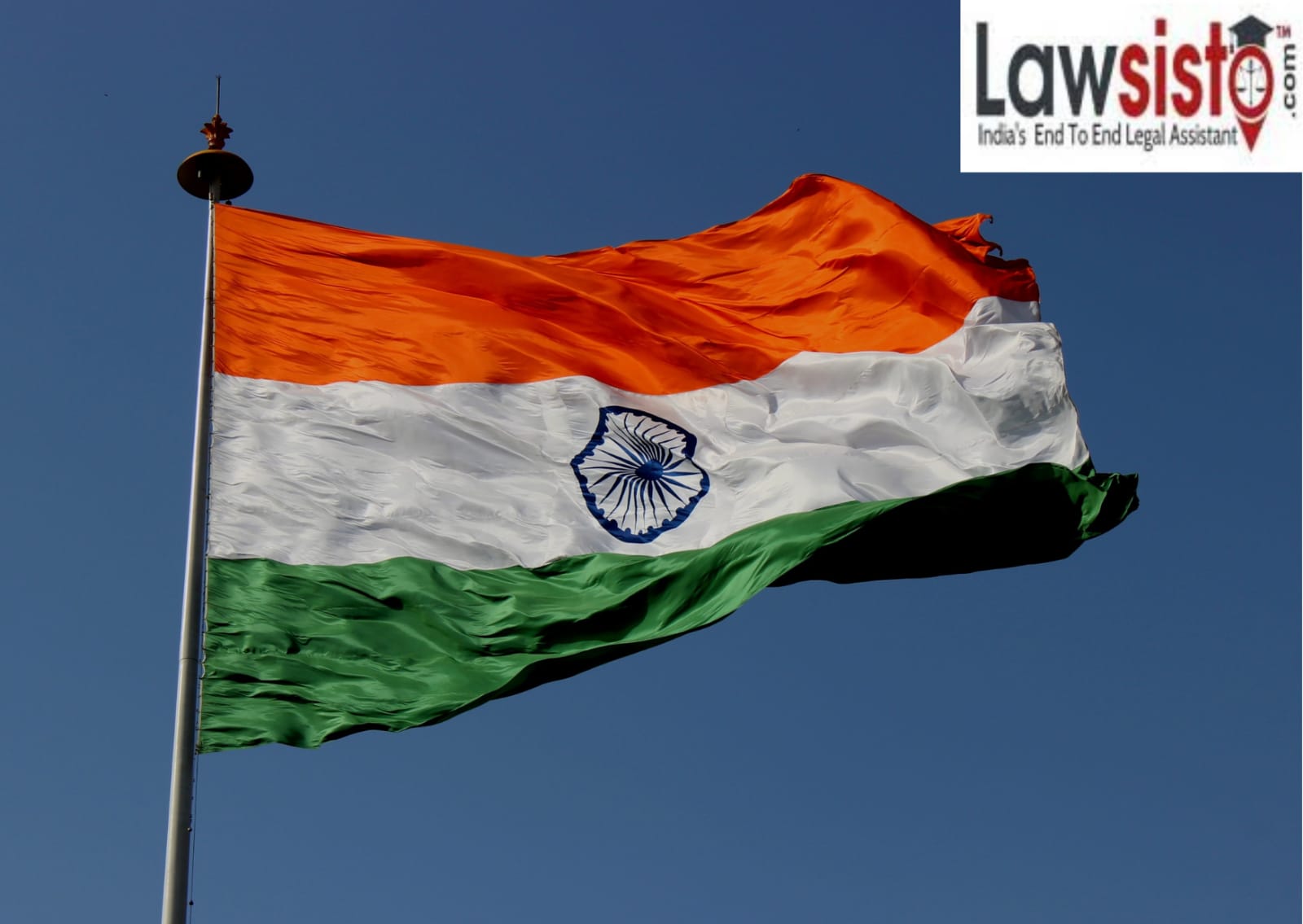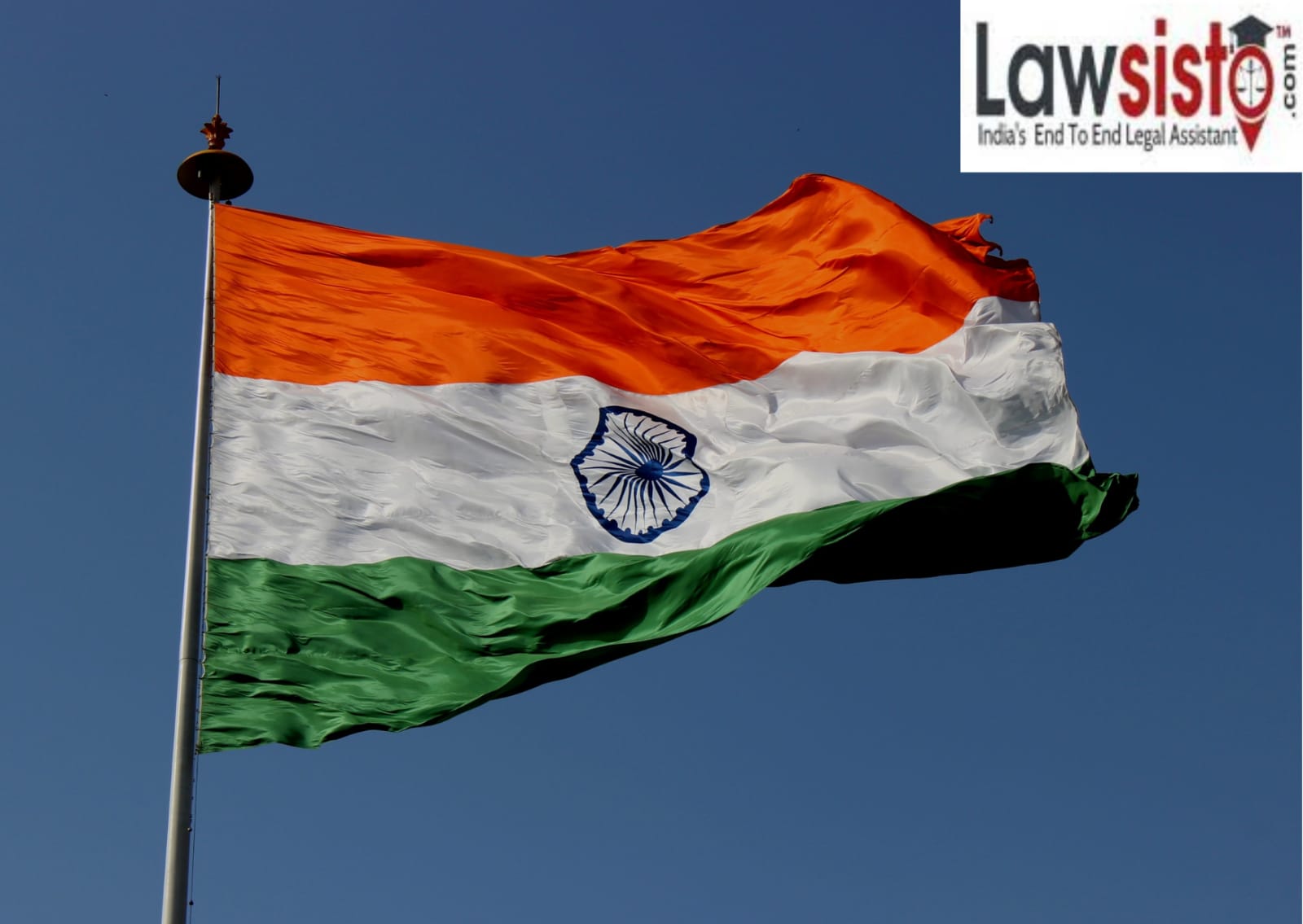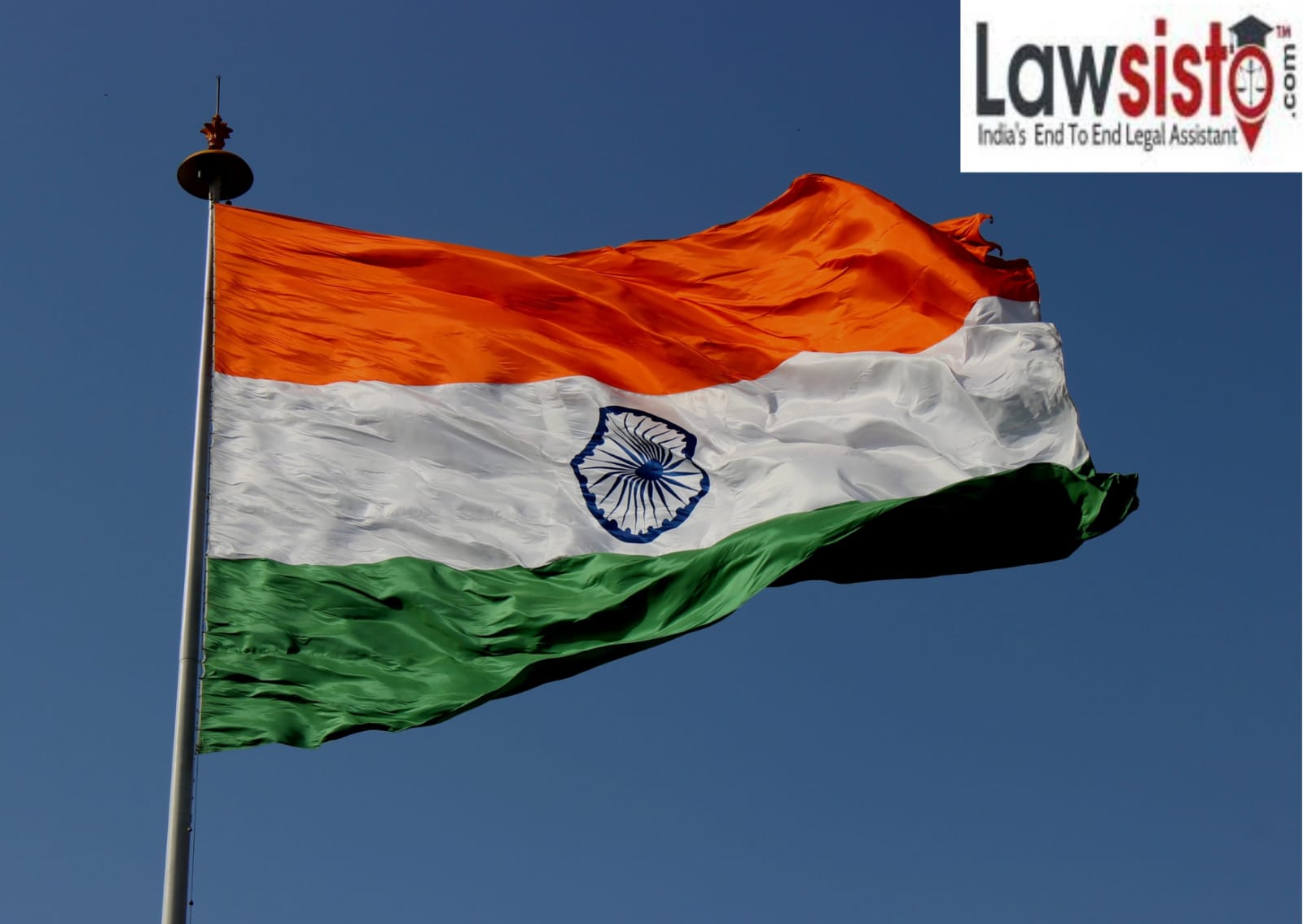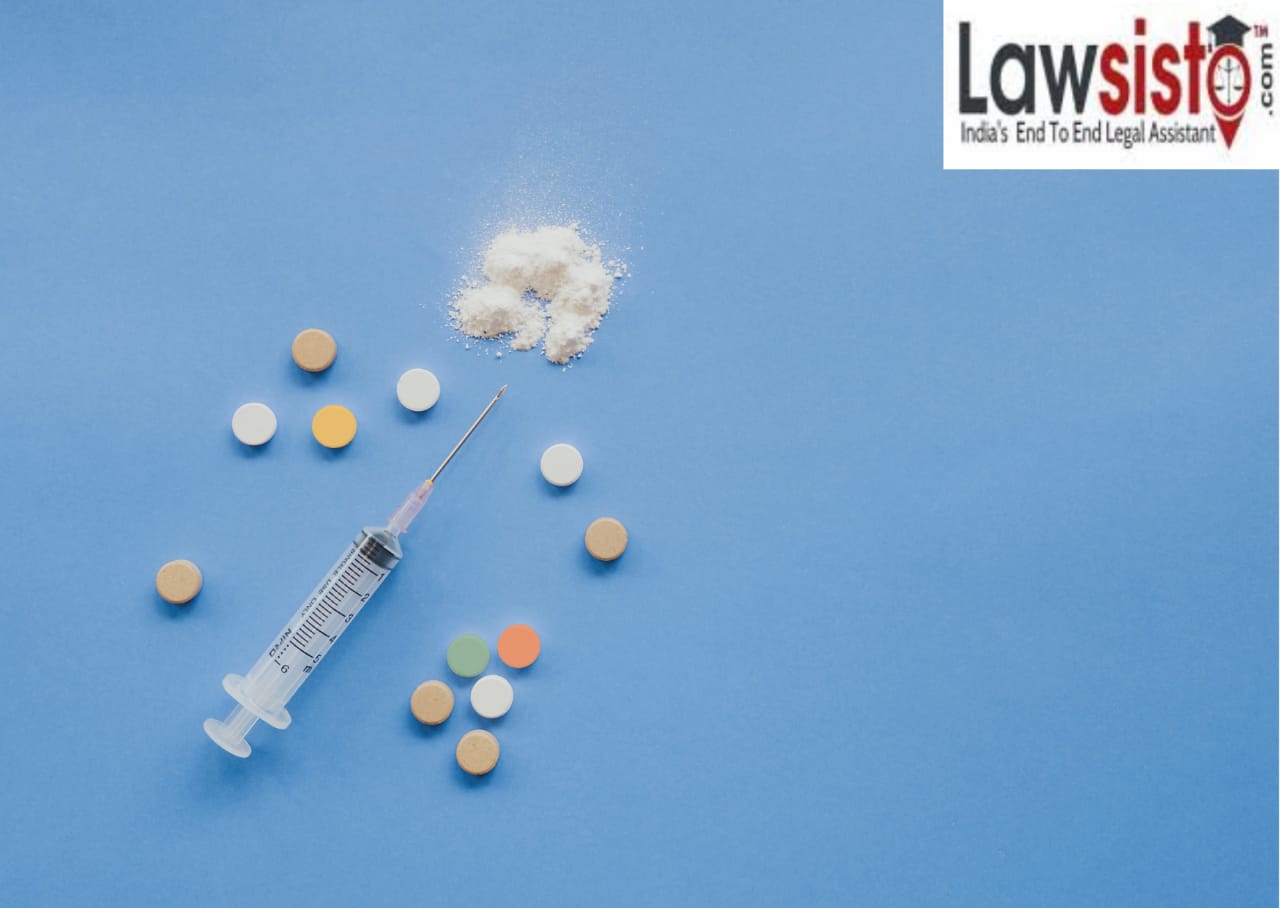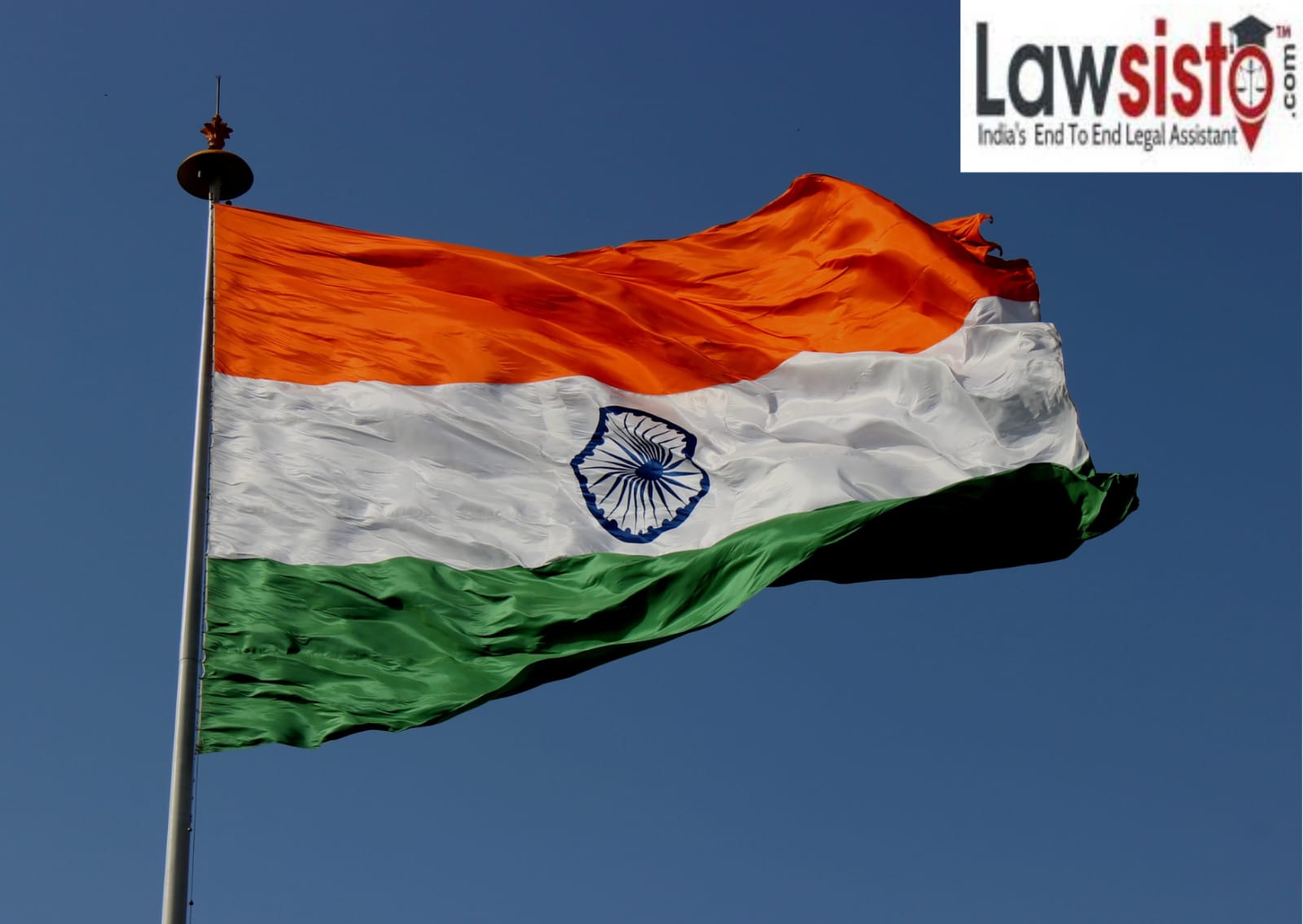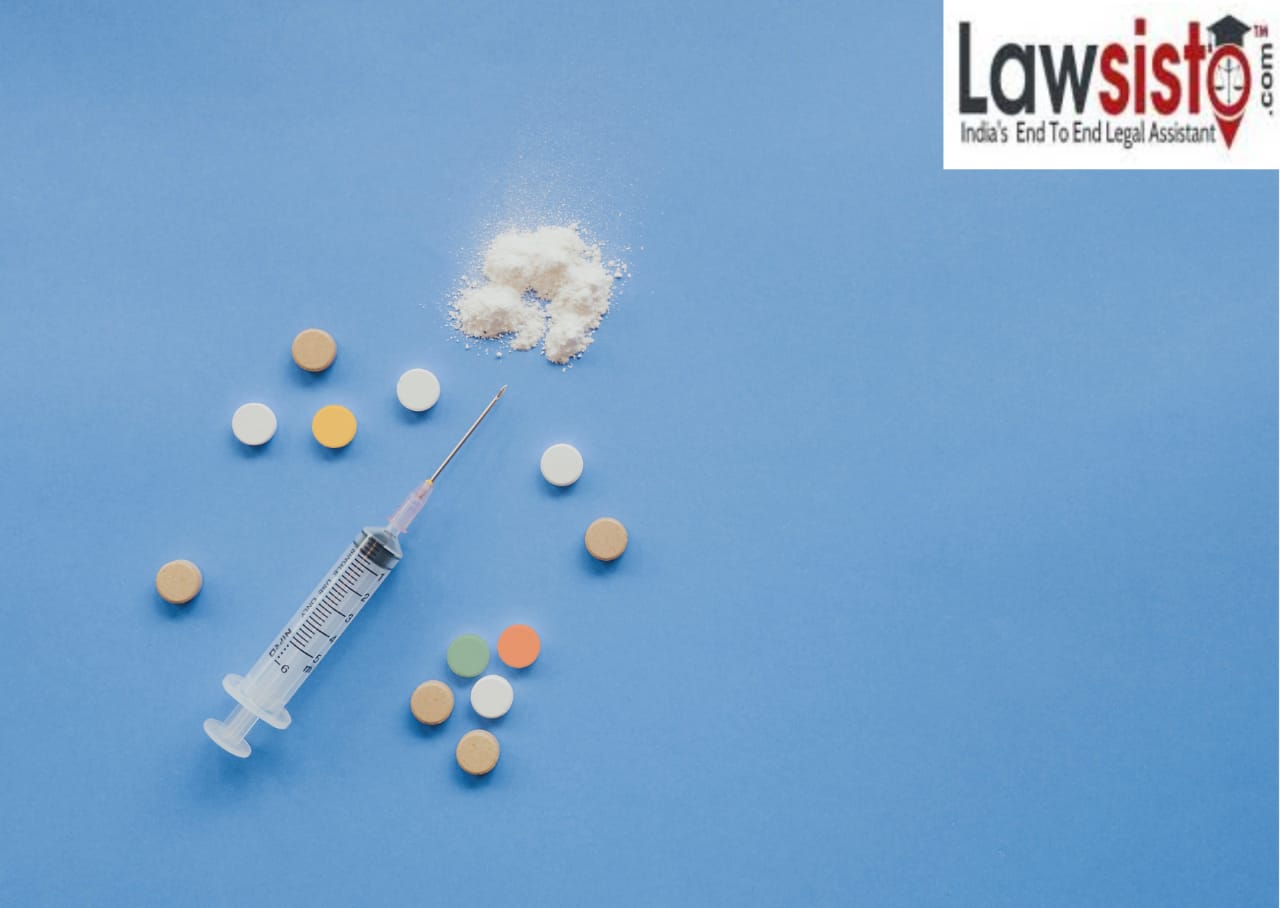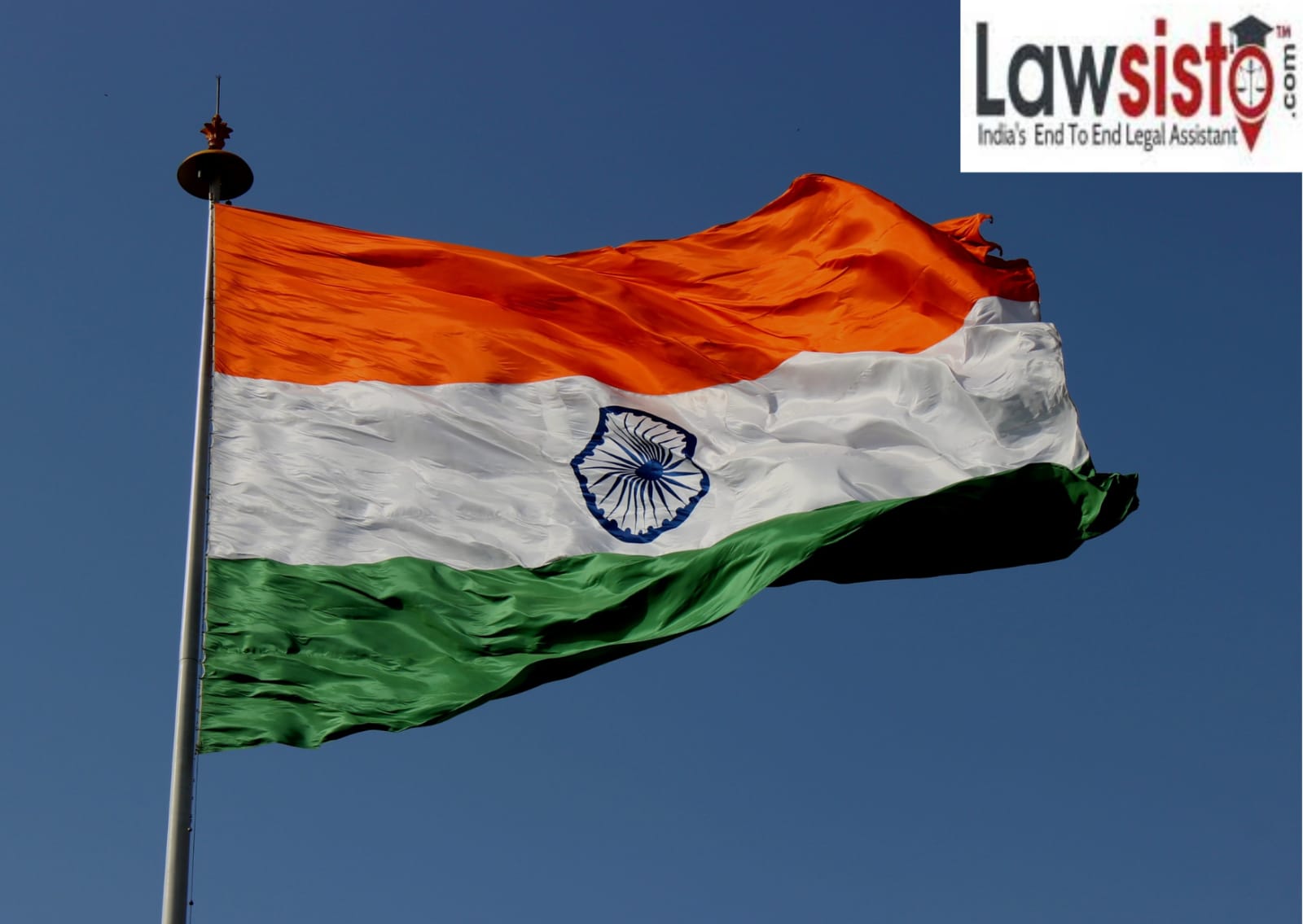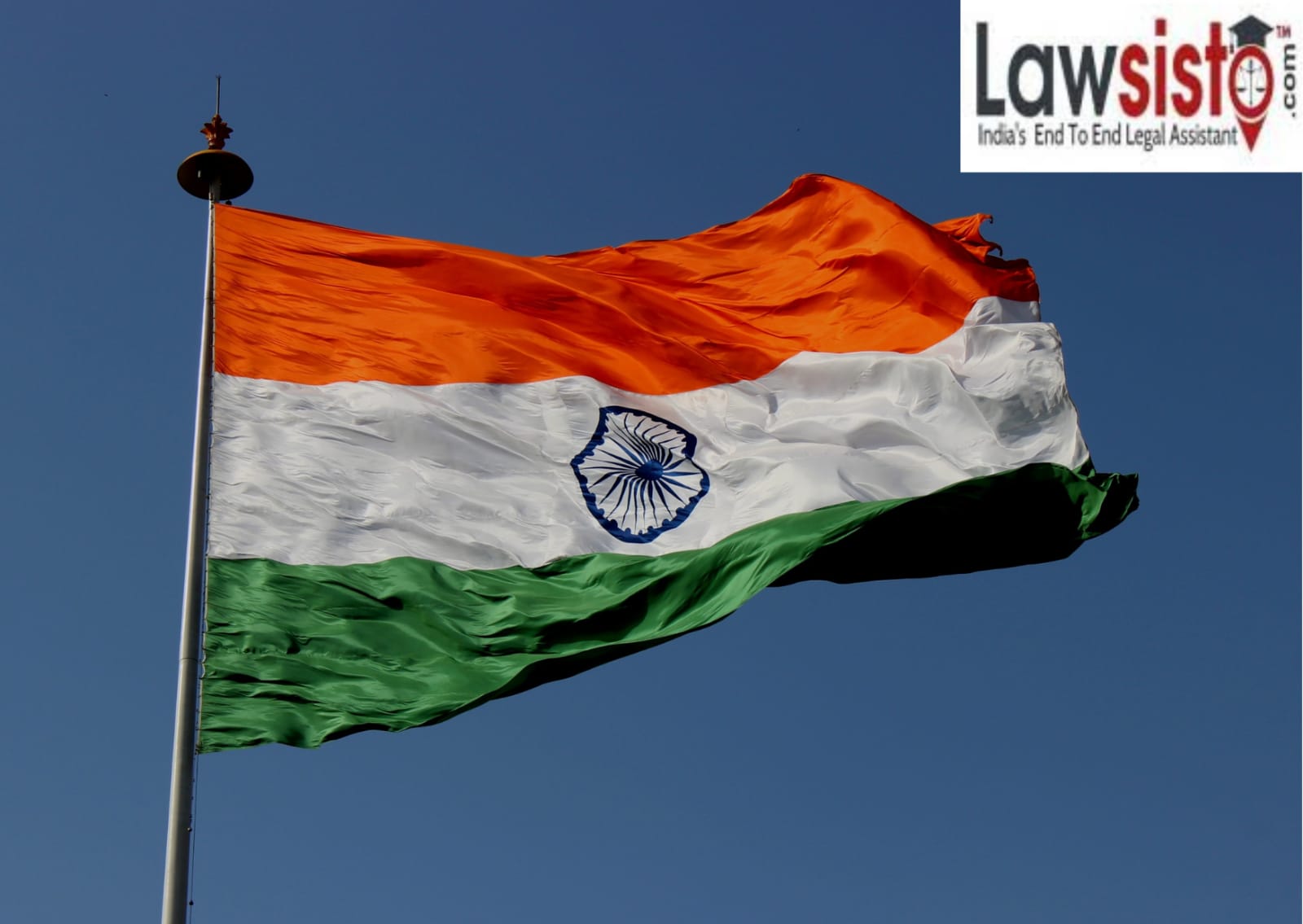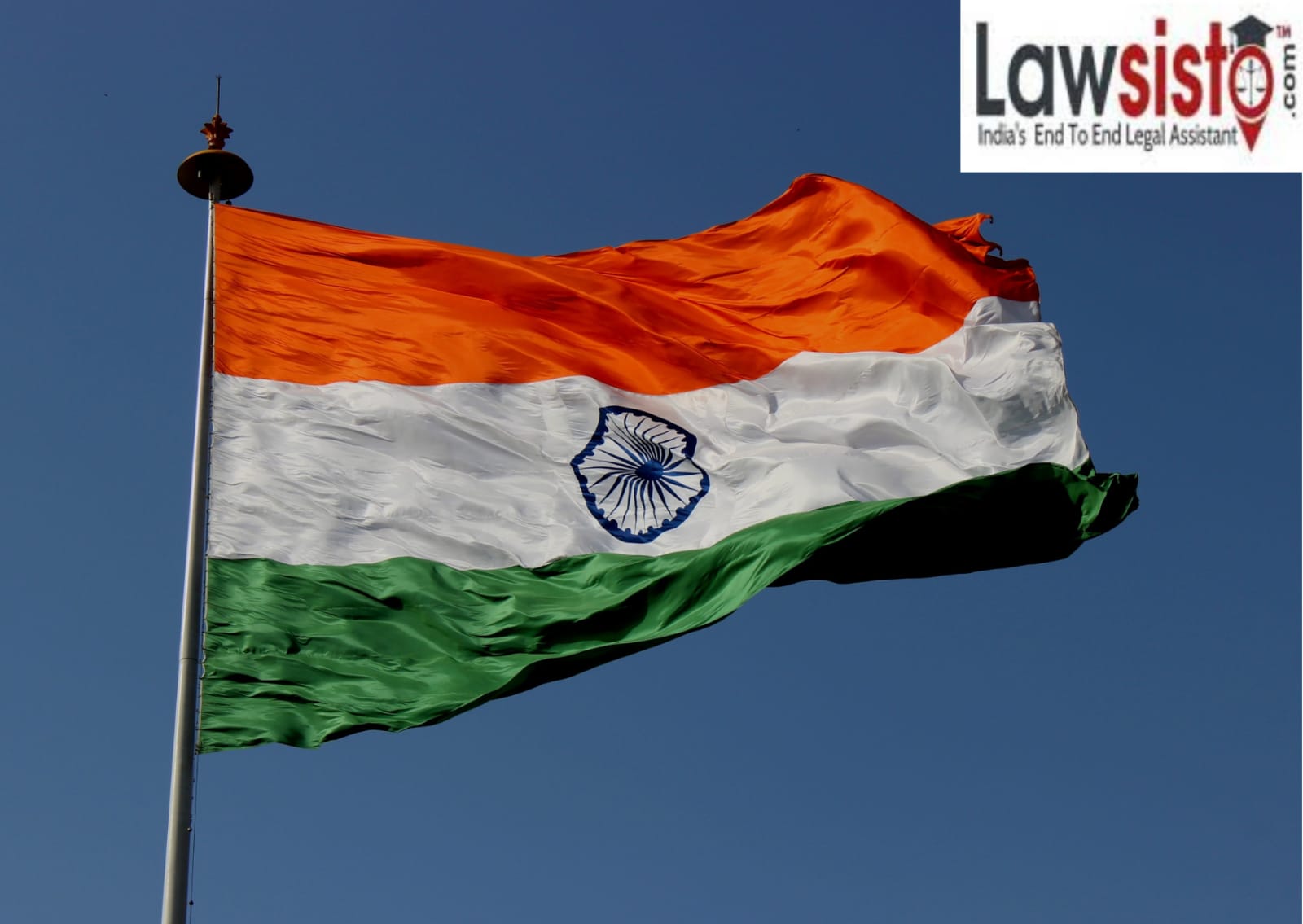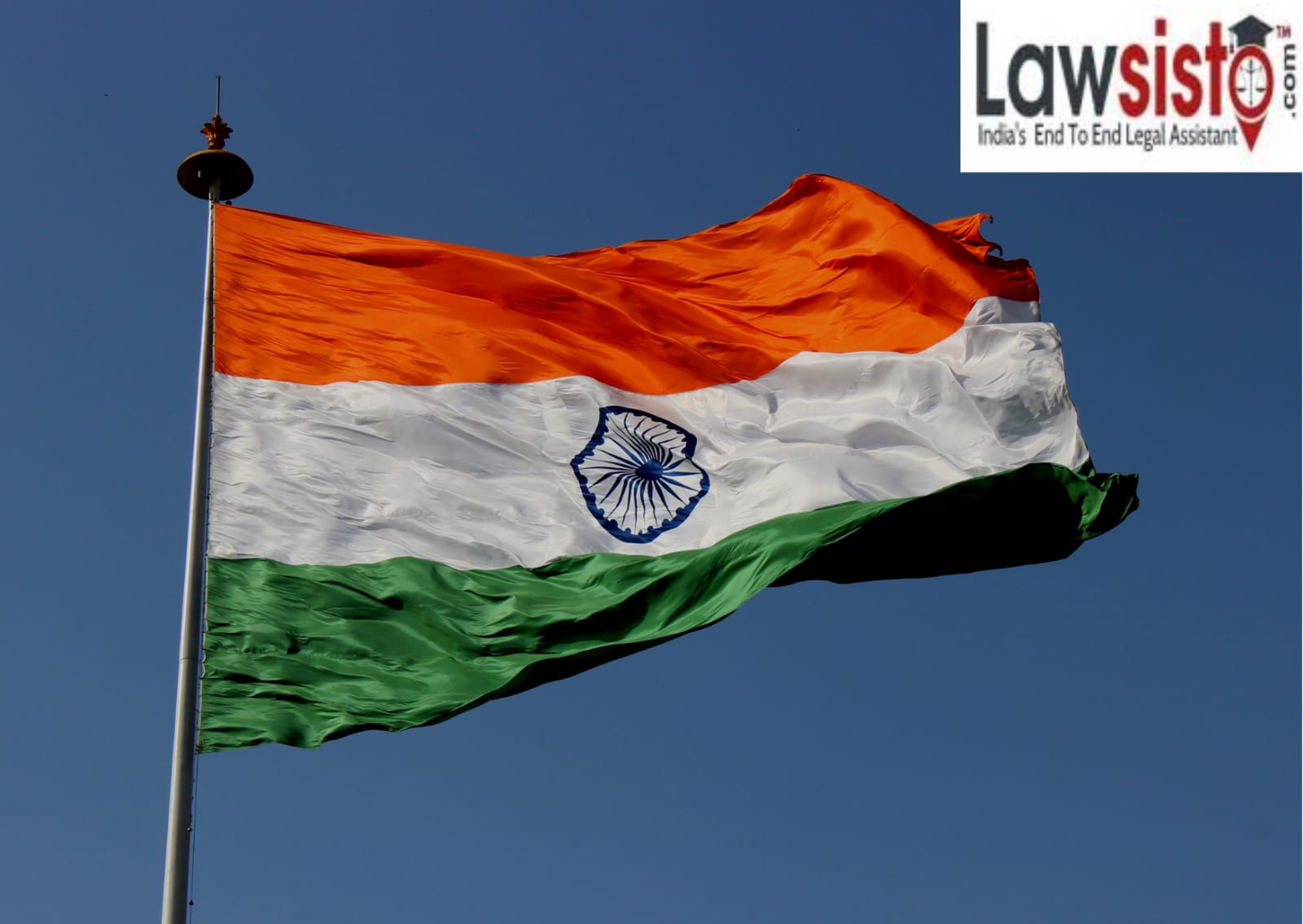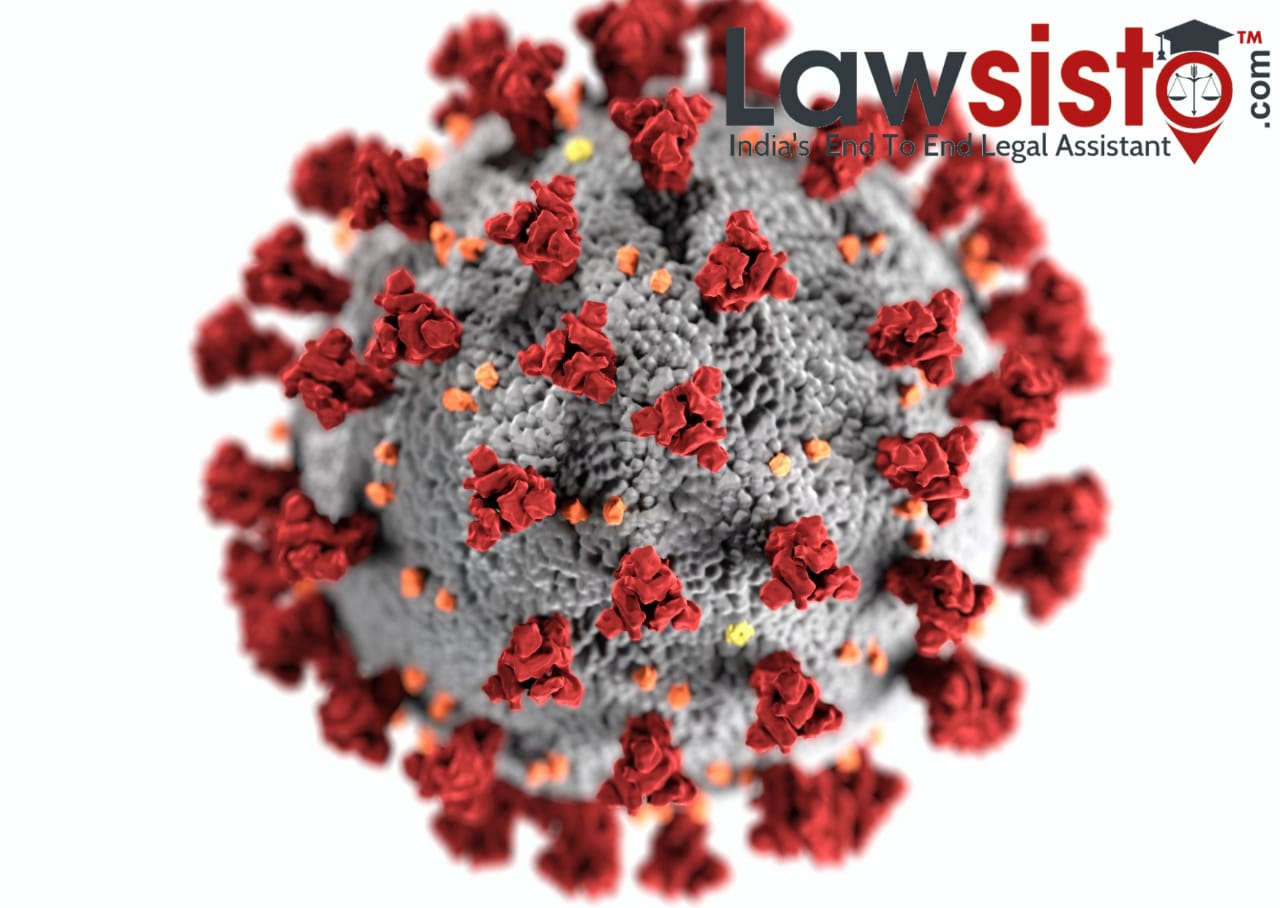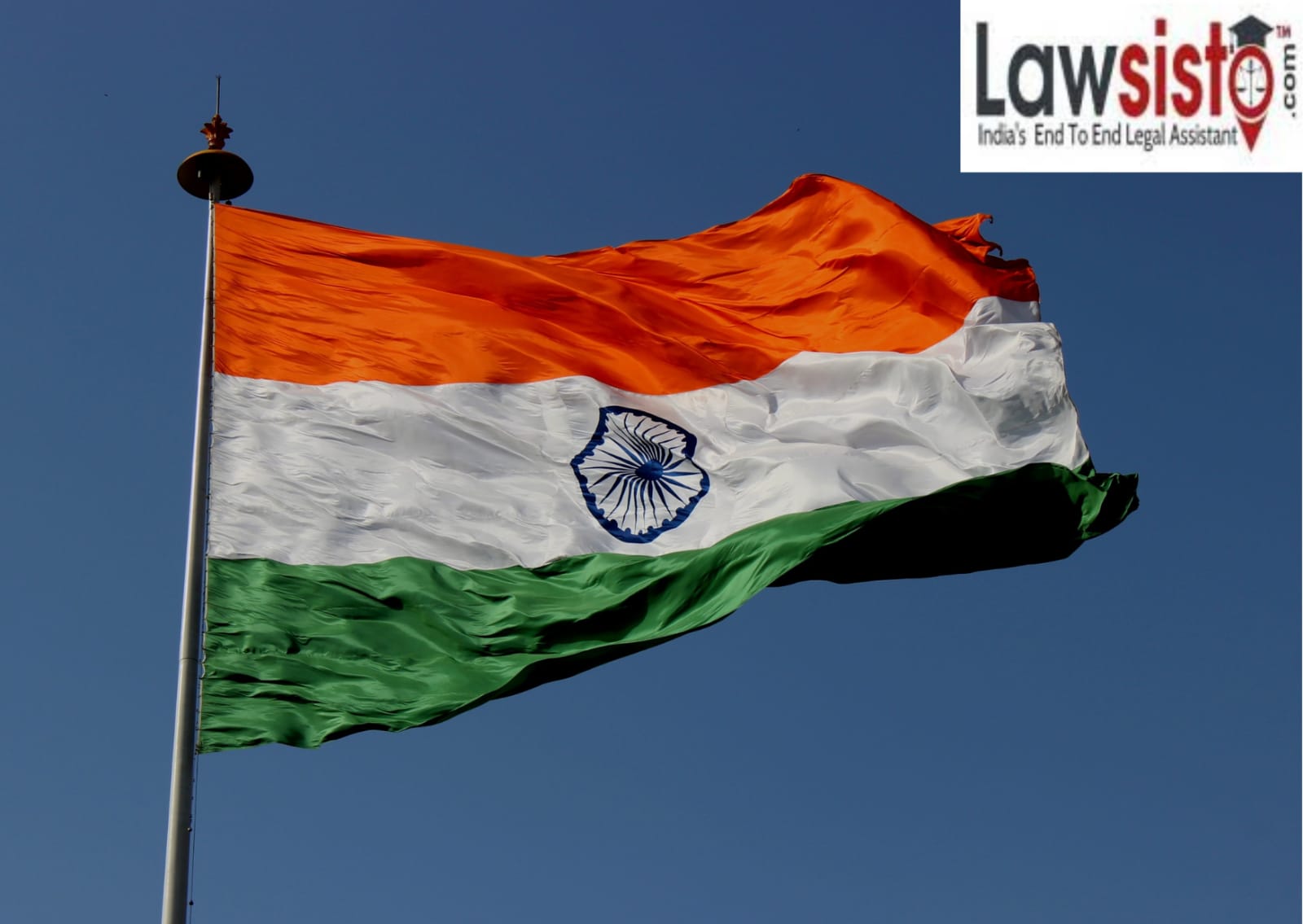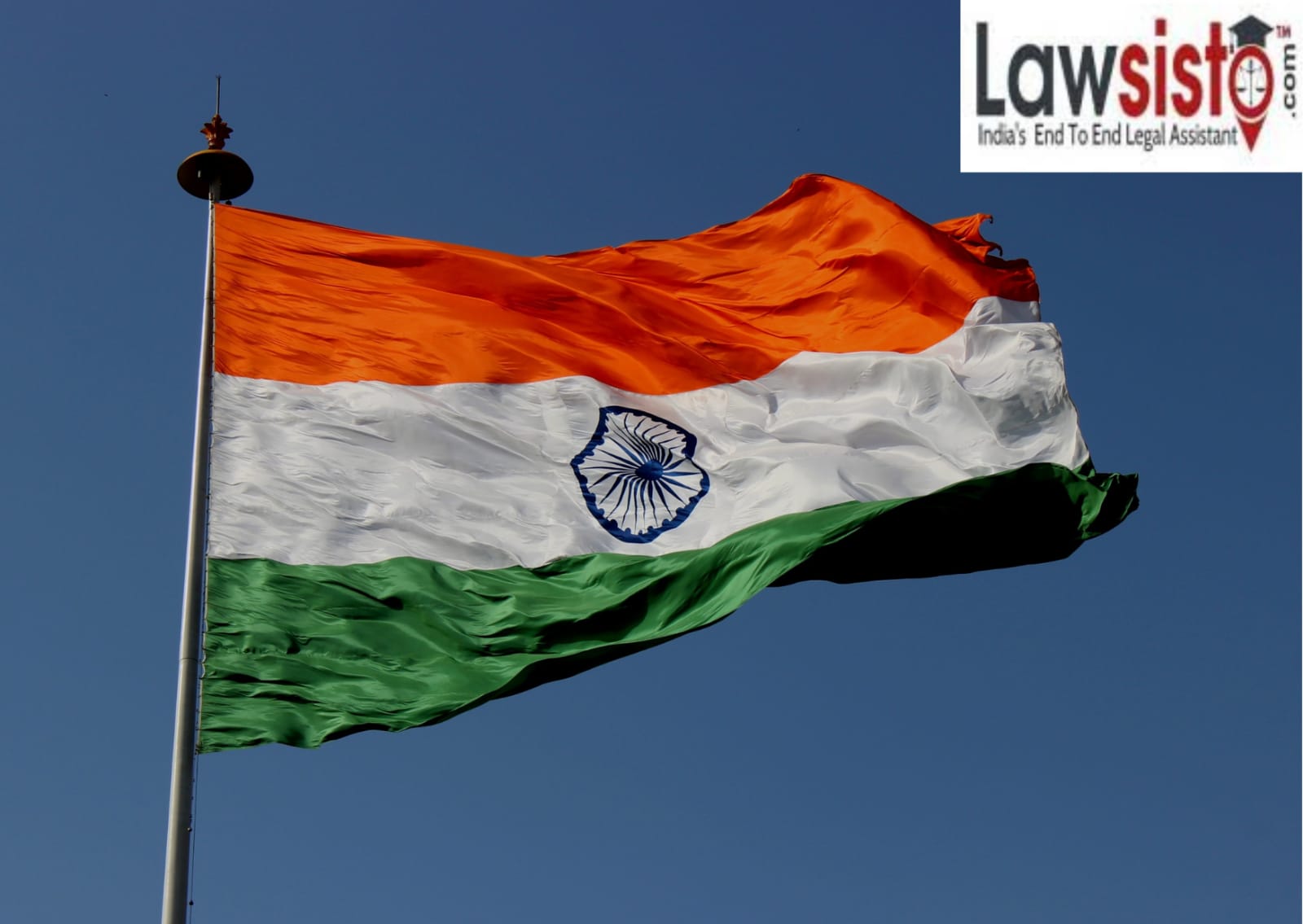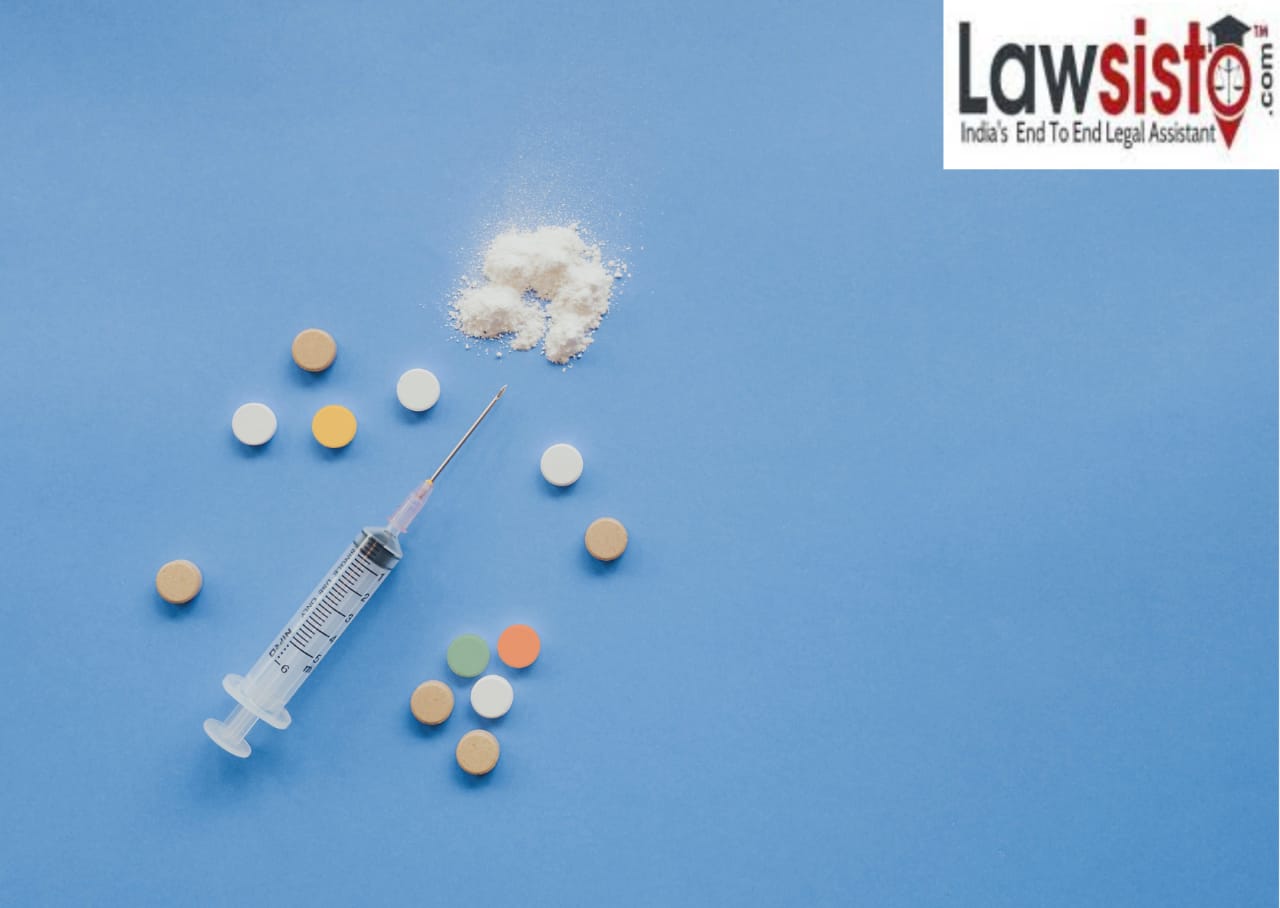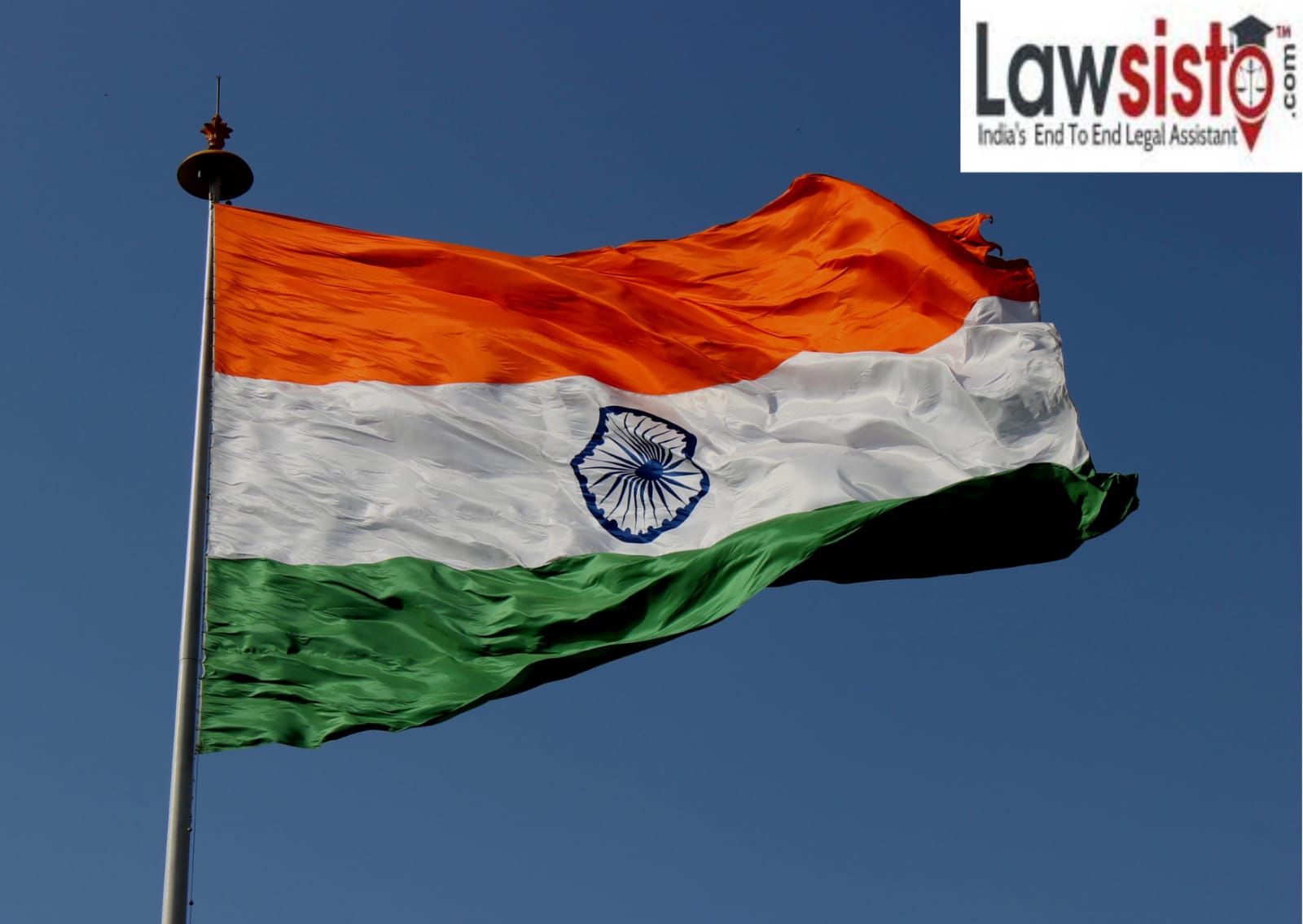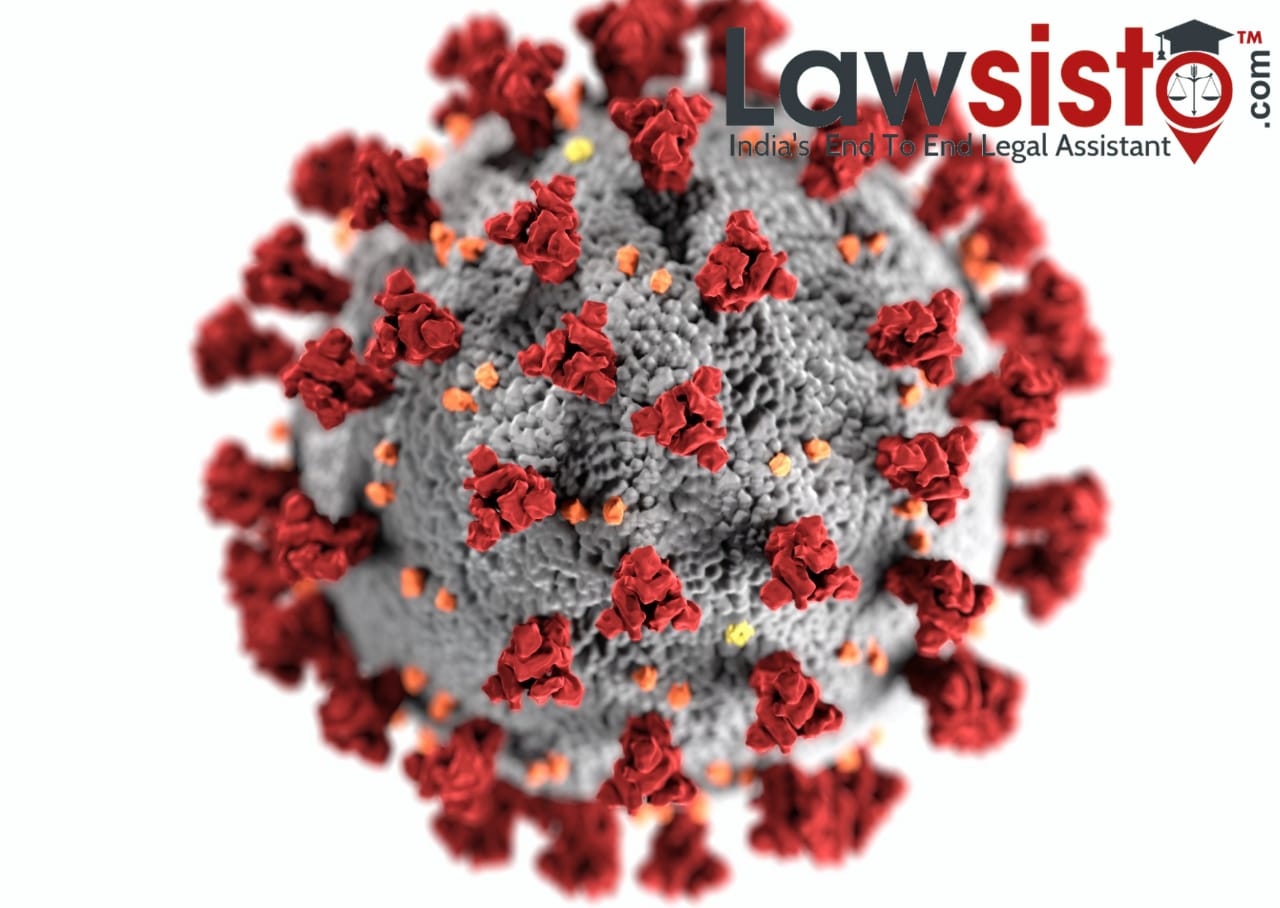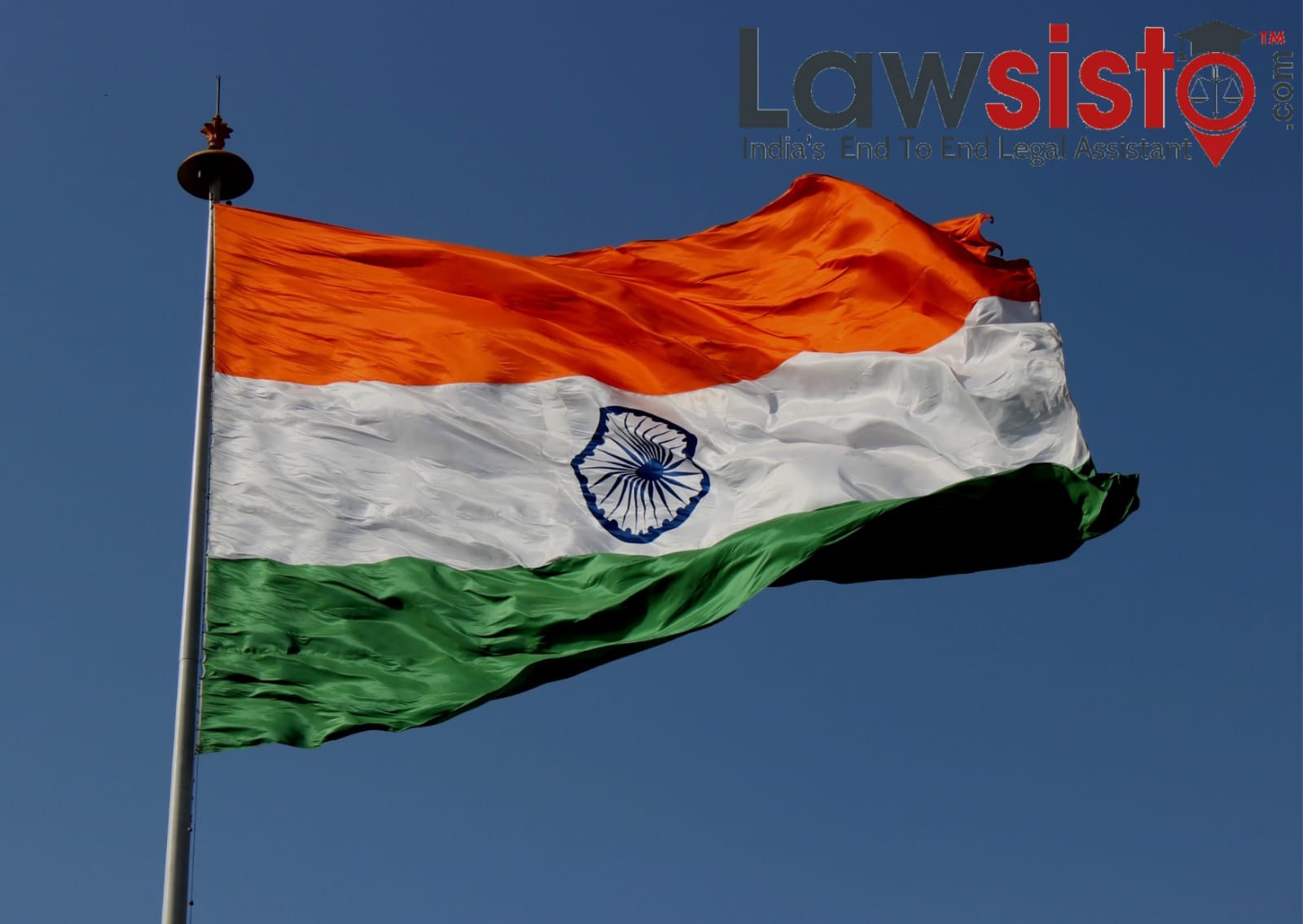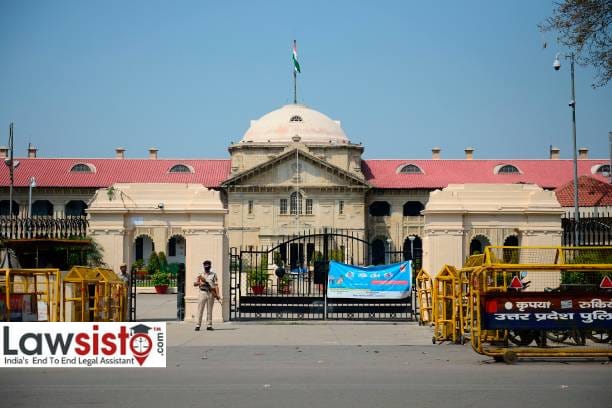Latest News
IMF lauds India’s high growth rate
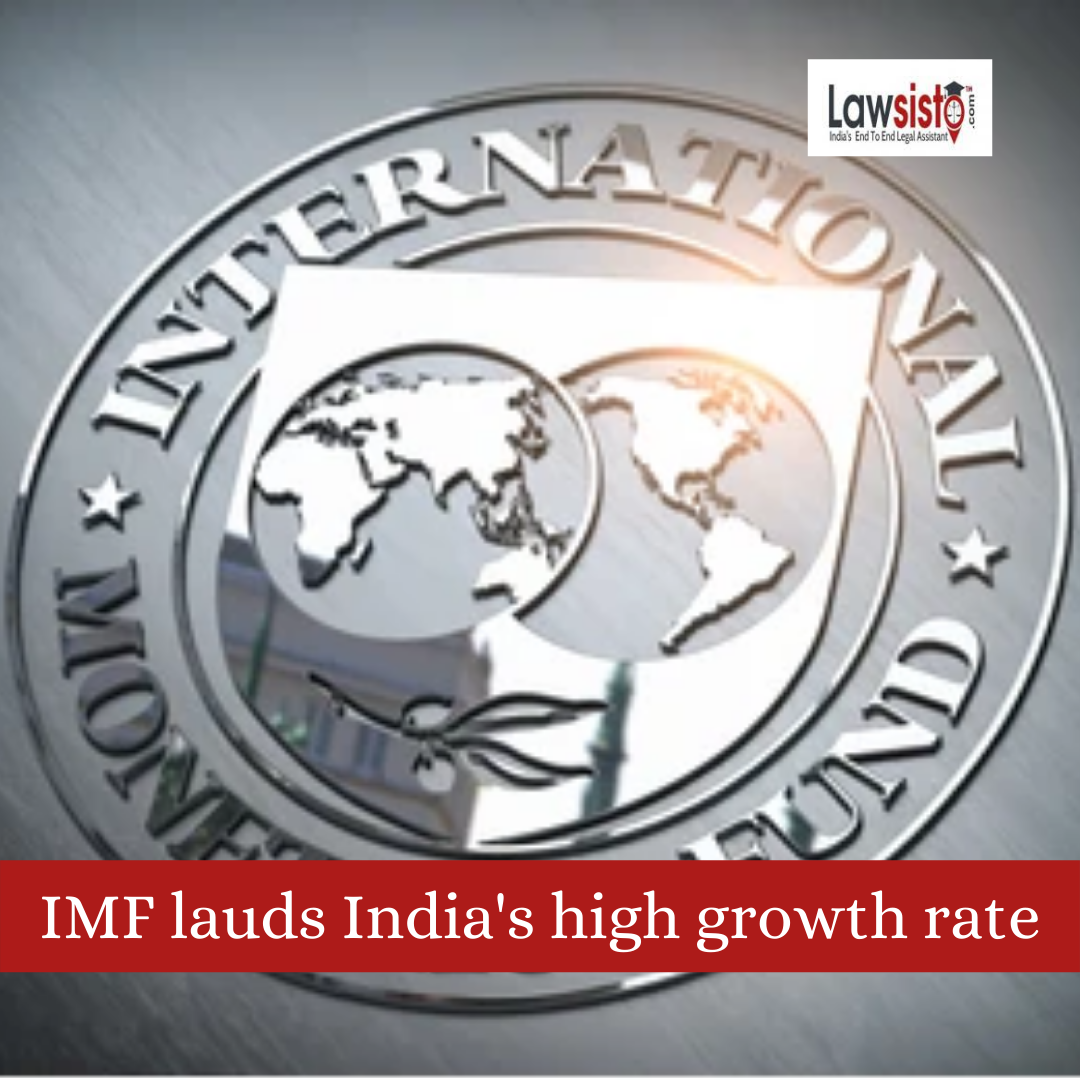
The international monetary fund has applauded India’s inflective economy while emphasizing structural reforms executed by the government in recent years even during the world faced the challenges in the worst situation of various phases of a covid-19 pandemic. The managing director of IMF Kristalina meeting with the finance minister of India on Monday in Washington DC admires India’s well-aimed policy mix that assists the Indian economy stay flexible. Kristalina calls attention to the resilience of India which continues to be a rapid-Growing country across the world despite many challenges of the Pandemic. IMF forecasted, early this week a substantial growth of 8.2% for India in 2022 which is almost twice faster as China’s 4.4%. The global growth has been estimated at 3.6% in 2022, down from 6.1% in 2021. To reach Higher Growth, the state has raised Capex by 35.4 percent for the financial year 2022-23 to Rs.7.5 lakh crore to continue the public investment which led to the recovery of the Pandemic attack economy. Last year Capex was frozen at 5.5 lakh crore. It is healthy and positive in a world where growth rates are deteriorating and causing major problems.
On Wednesday, Ms. Sitharaman had a bilateral meeting with Ms. Georgieva on the sidelines of the IMF – World Bank spring meetings. They were also accompanied by the senior officials – Mr. Nageswaran, Chief economic advisor, FDMD of IMF, and Ms. Gita. During the meeting, they discussed the issues currently faced by the global and regional economies. Ms. Georgieva praised India for its contribution to the capacity development activities of the IMF. Once the meeting will be concluded Sitharaman will move to San Francisco on the 24th of April, where she will meet and discuss with some business leaders. Ms. Sitharaman explained the approach of India’s policy, she stated that- ‘an accommodative fiscal stance was also inclusive of major structural reforms, including bankruptcy code and aimed help to MSME and other helpless sections. The monetary authority has fully supported and complemented the efforts. India has received assistance from the good agricultural output, supported by a good monsoon during Covid -19 pandemic. Agricultural along with other exports have also cursorily increased. India set foot in new economic activities which will help in solving some global supply chain matters.’ Apart from the Sitharaman formal engagements in world bank spring meetings, she also took part in an event at the Atlantic Council, a think tank based in Washington. The visit includes several bilateral interactions, with Indonesia, South Korea, Sri Lanka, and South Africa as well as a high-level meeting with world bank president David.
Georgia also lauded India’s vaccination scheme and the help provided to the neighbors and other vulnerable economies and particularly praised India’s assistance to Sri Lanka in the circumstances of the ongoing worst economic crisis. India’s COVID-19 vaccination extension crossed 186.49 crores on Saturday. Sri Lanka's worst economic crisis was faced by them since Independence about the shortages of essentials thus- food, fuels, soaring prices, and the power cuts affecting the huge mass of people the consequences of which is Sri Lankan started the massive protests over the government’s handling of the situation and leads to resignation of the Prime minister Mahinda Rajapaksa and president Gotabaya. On Tuesday India requested IMF to instantly provide financial assistance to Sri Lanka. The first line of credit provided by India was used up earlier this month after the shipment of 120,000 tons of diesel and 40,000 tons of petrol. So far India has assisted with nearly 400,000 tons of fuels. India will grant Sri Lanka an additional $500 as second-line credit to buy fuel. Considering the neoteric geopolitical developments, Ms. Sitharaman and Georgieva raised concern regarding its impact on the Global Economy and the challenges connected to the rising energy prices.
IMF said in a report that poverty in the country decreased the fastest during the period 2014-2019. Social safety provided by the extension of the country’s food subsidiary scheme absorbed a major part of the challenges of pandemics. This indicates the vigorousness of India’s social safety architecture as it Withstood one of the world's biggest income shocks. The important instrument of poverty reduction is the expansion of food transfers and subsidies. Without any food subsidies, the excessive poverty during the covid-19 pandemic would have increased by 1.05%. The report appreciates the Pradhan Mantri Garib Kalyan Yojana and demonstrated that the scheme provides insurance to the poor and needy and prevented an increase in the generality of extreme poverty in the country. It also noted that ‘the rate of consumption was also higher in the years leading up to the covid-19 pandemic than before it. The growth of consumption was found to be higher in 2014-19 than the vigorous growth observed in 2004-11 and also examine in deep the plausibility of the results contained in the NSS consumer expenditure Survey of 2017-18 and concluded that the survey was not useful in quality for the analysis. The foreign exchange reserves enlarged because of net inflows and improvement in the current account but, a return to the Deficit of about 1% of the GDP in the financial year 2021-22 as a consequence of gentle recovery in domestic demand and higher oil prices.




